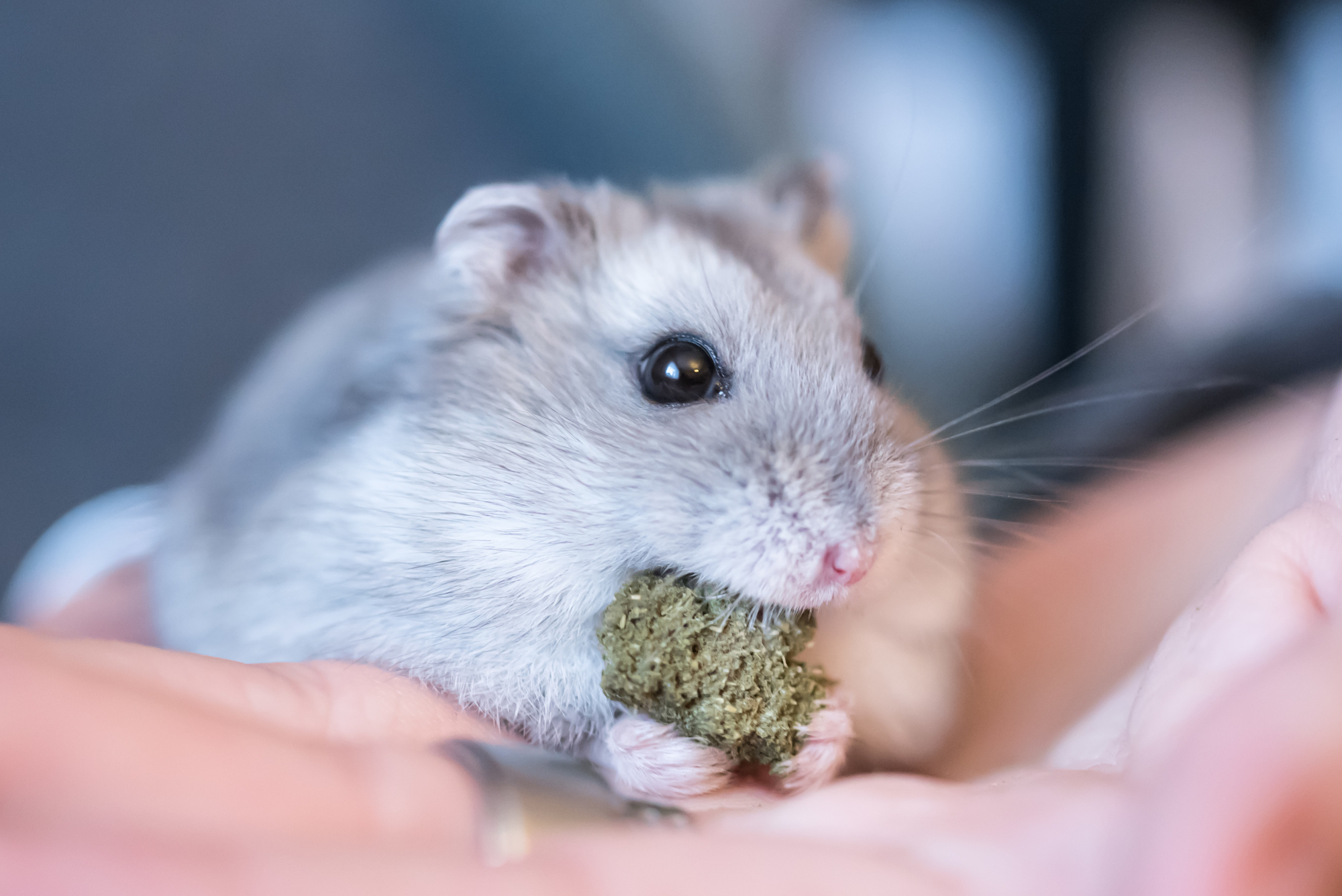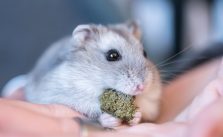
More people are renting than any time since 1965. This means low-impact pets like hamsters and other smaller critters are becoming the ideal companion animal. But ensuring you have a healthy, happy hamster is just as important as taking care of any other pet.
Whether it’s your first pet or your fiftieth, hamsters are a cute, friendly addition to any family. As well as being small and inexpensive, they’re also easy to maintain and care for, provided you know what you’re doing.
Here are 6 hamster care tips to ensure your little ball of fur is living its best life.
1. Healthy Eating
Happy hamsters are well-fed hamsters, but quality is just as important as quantity!
Hamsters are much like kids, they’ll always go for the tasty, fatty foods first. But just because all the sunflower seeds disappear first doesn’t mean they should be eating nothing but them. It’d be a bit like feeding a child nothing but chocolate because they go for that first.
Hamsters should be fed a well-balanced diet. That includes fruits and vegetables.
Fresh vegetables like carrots, broccoli, cucumber, spinach, squash are ideal because they’re similar to what they might eat in the wild.
Fresh fruits like apples, bananas, pears, grapes, and most berries are great as treats. Just remember never to give your hamster citrus fruits like lemons, oranges, or limes. Citrus fruits are too acidic for hamsters and will hurt them.
Whole-grain breads and cereals should be included as part of a balanced hamster diet. Protein is also a must.
Moderation and variety are the main things to keep in mind when feeding your hamster.
2. Proper Bedding
Quality bedding is essential for keeping your hamster healthy and your own nose happy.
Cedar bedding should be avoided as it can cause skin irritation in your hamster. You also shouldn’t use pine, newspaper, cat litter, or corn cob bedding. Any bedding that’s overly fluffy or scented should also be avoided.
The best hamster beddings are non-toxic and made from natural fibers. One of the few types of wood that’s safe for use as hamster bedding is aspen. Aspen shavings are generally cheaper than specialty hamster bedding but it’s often not as soft or absorbent as hamster-specific bedding.
You should clean your hamster’s cage and replace bedding on a weekly basis. An unclean cage can cause buildups of bacteria that can make your hamster sick. It’s also a one-stop-shop to a stinky cage.
3. Spacious Cage
Picking the right cage for your hamster is all-important for their health and happiness.
Hamsters require spacious cages. Large hamster cages should measure 12 inches wide by 18 inches long by 12 inches high at the very least, but bigger is always better.
Hamsters are known to chew, so most hamster cages come with either wire or plastic bars. It’s a good idea to keep an eye on the bars of your hamster’s cage to make sure they’re not wearing down. If your hamster escapes then they could get lost or hurt so it’s much better to catch any escape acts before they happen.
If your hamster is prone to chewing through their cage then you can choose an aquarium-style enclosure. Just make sure to monitor the aquarium for fluctuations in temperature as they can heat up easily.
4. Cage Location
Hamsters don’t deal well with temperature extremes so the location of your cage is just as important as the cage itself.
Keep their cage out of direct sunlight to avoid high temperatures during the day. Their cage should also be out of the way of heaters or air conditioners to avoid the temperature extremes of both.
If you choose an aquarium style enclosure for your hamster then make sure it’s out of the sun and isn’t heating up too much during the day.
It’s also a good idea to keep your hamster’s cage up off the ground. This will ensure accidental kicks or jostling are kept to a minimum. If your family includes small children this will also keep them up out of the way of small prying hands.
5. Excercise
Hamsters are naturally active animals and need a lot of exercise to keep them healthy. A happy hamster is an energetic hamster.
Make sure your hamster has a wheel to help them stay active. Even if their cage is particularly large, a wheel is still essential.
If you want to give your hamster a little more variety and it’s safe to do so, then investing in a hamster ball so they can run around outside their cage is also a great idea.
As well as a hamster wheel, your hamster should also have plenty of toys. Plastic ladders and tubes encourage climbing and exploring which will keep your hamster’s body and mind active.
Other small toys for chewing will also help keep your hamster from turning their sights to the bars of their enclosure.
6. Careful Companionship
If you’re wanting more than one hamster then it’s best to get them both at the same time. Hamsters aren’t very social creatures, particularly if their companions are introduced later in life.
If you do add a new hamster to the family, spend several days introducing them to each other. Keep them in separate cages where they can see each other from a distance to let them acclimatize. Once they’ve upgraded to sharing a cage, keep an eye on them to ensure they don’t fight.
Make sure the hamsters you’re introducing are the same sex! Unless you want 3 to 18 babies every 30 days, you don’t want a pair able to breed.
A Happy Hamster Is a Healthy Hamster
Hamsters are the ideal pet for apartment dwellers. Not only are they cheap and easy to maintain, they’re also suited to smaller spaces and quieter lifestyles.
By feeding your hamster a balanced diet, ensuring they have the right environment, and introducing new companions carefully, your hamster will be living its best life. And a happy hamster is the best sort of companion.
Looking to immortalize your best friend with a pet portrait? Read about how pet photography is all about loving your pet.
